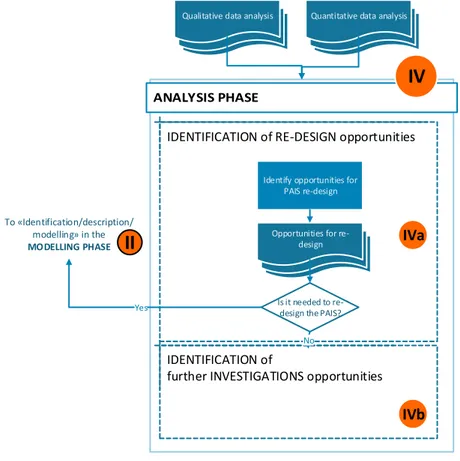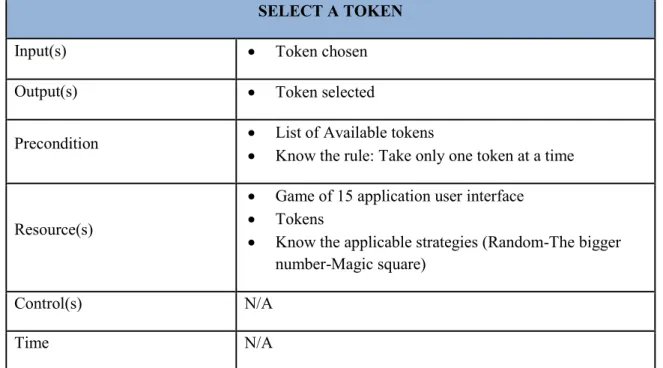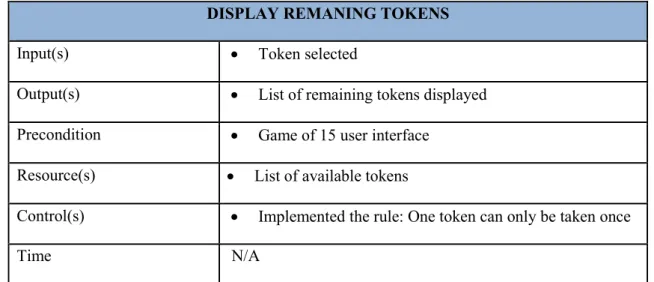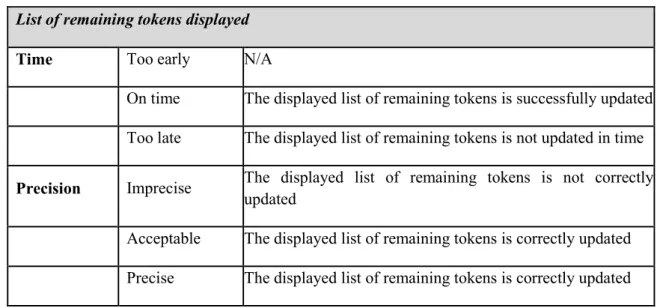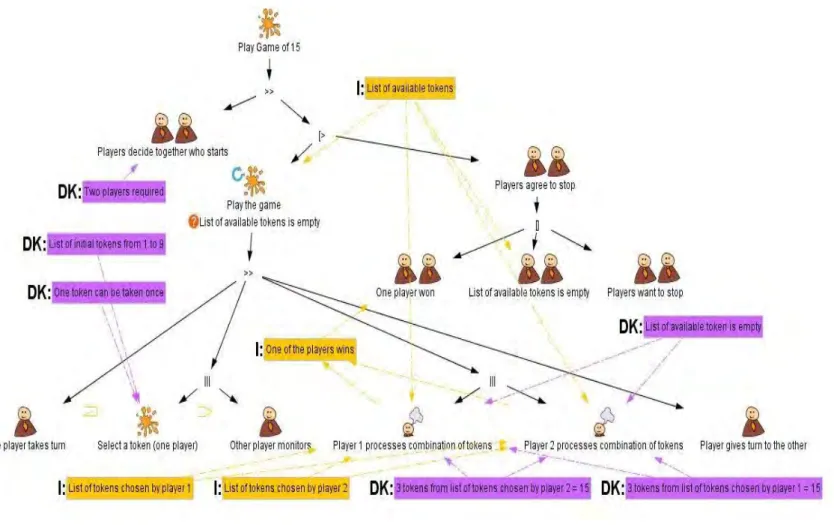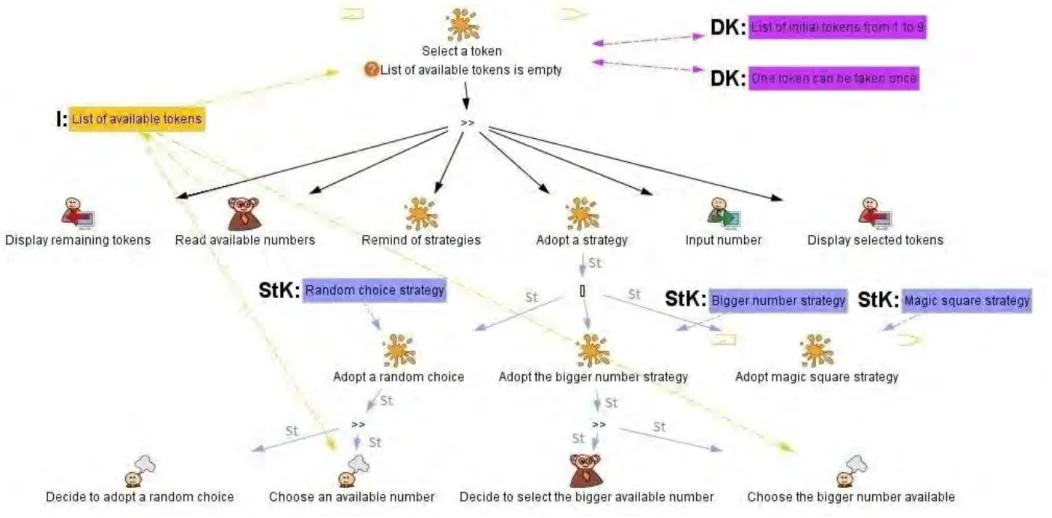A multi-modelS based approach for the modelling and the analysis of usable and resilient partly autonomous interactive systems
Texte intégral
Figure
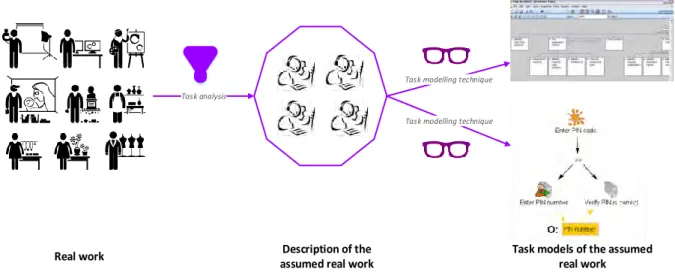
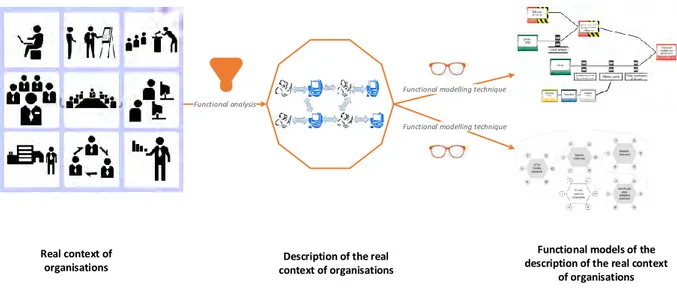
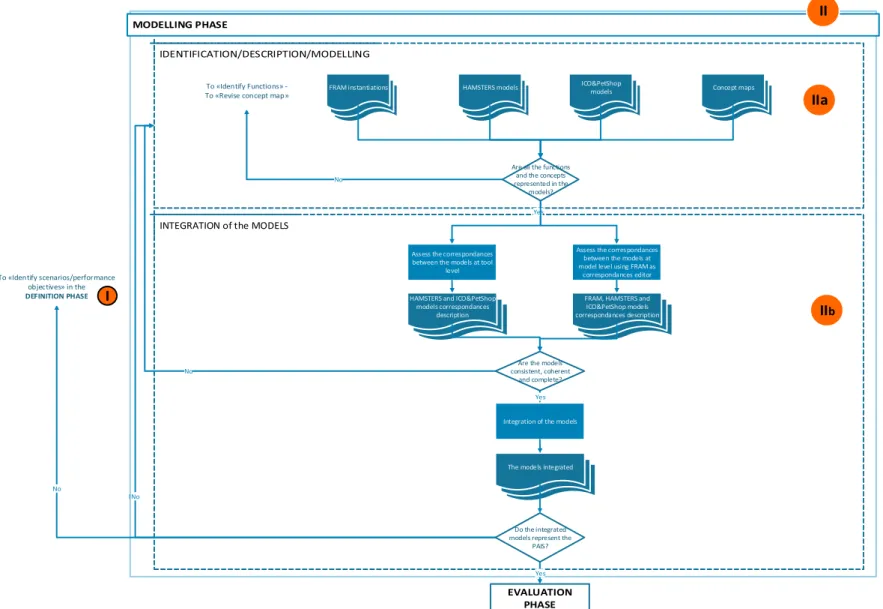
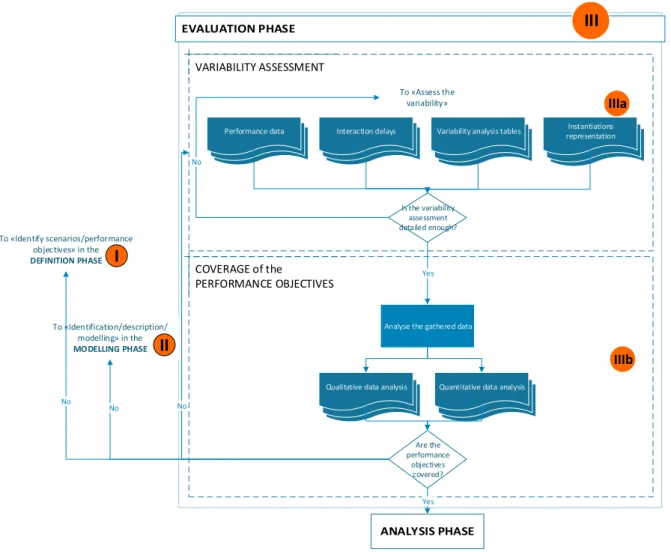
Documents relatifs
– Benefits of using task models in various stage of the interactive system development (structuring user documentation, designing and assessing a training program [ 7 ], assessing
Once a complete representation of all the functions has been obtained through the three modelling techniques (FRAM, HAMSTERS and ICO&PetShop) and once a complete
More precisely, the contributions of the work in this thesis are: A general overview of the existing fall detection systems Chapter II, Section1 and the sensing floors Chapter
In this section we provide an overview of Flexmi as introduced in [7], using the Simulink-like component-connector comps metamodel presented in Figure 1 as a running example, and
This paper presents the current research results as an overview of a complex and largely subjective problem space. The presented structure and methodology is
In order to master the growing complexity of analogue electronic systems, modelling and simulation of analogue hardware at various levels is absolutely necessary. This paper
─ Benefits of using task models in various stage of the interactive system development (structuring user documentation, designing and assessing a training program [7], as- sessing
Being divided into six parts, the structure of this document matches with the re- search work described above. Chapter 1 presents an overview for many relevant VRP classes,
